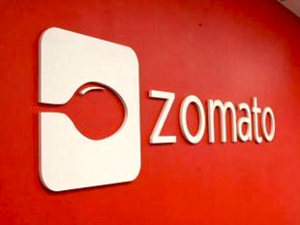New Delhi, May 18: Online restaurant guide and food ordering app Zomato today said about 17 million user records have been stolen from its database.
The stolen information contains user email addresses and 'hashed' passwords but no payment information or credit card data has been stolen/leaked, Zomato said in a blogpost on its website.
The startup's disclosure comes at a time when the world is grappling with the cyber attack by ransomware 'WannaCry', which has impacted IT networks in over 150 countries.
Zomato said the data theft was discovered recently by its security team, without indicating the exact time or if it was related to the 'WannaCry' ransomware attack.
"Our team is actively scanning all possible breach vectors and closing any gaps in our environment. So far, it looks like an internal (human) security breach - some employee's development account got compromised," it said.
Assuring its users that their credit card information on Zomato is fully secure, the company said "payment related information on Zomato is stored separately from this (stolen) data in a highly secure PCI Data Security Standard (DSS) compliant vault".
As a precaution, Zomato said it has reset passwords for all affected users and logged them out of its app and website and all of the user accounts were secure.
It, however, encouraged users to change password for any other services where they were using the same password.
Zomato said over 120 million users visit its site every month.
The company said it will be actively working to plug any more security gaps in its systems.





Comments
Add new comment